|
11/16/2020 0 Comments Member Spotlight: Monica Kovacs
0 Comments
The ExperienceWhen I met with Nick to go through my own Past Life Regression experience, I knew very little about what to expect. I knew that we would be diving into parts of my subconscious and was quite open minded to the unique experience ahead of me. We began our session together seated in a cozy room at the Inner Arts Collective. First Nick asked me a few questions about myself, as well as my intentions for going into the experience. I explained to him that I was curious to see if there was something from a past life that I was carrying with me into the present that was no longer mine to carry. I wondered if there was something that could be holding me back in some capacity that I no longer needed to hold on to. After our conversation, we were ready to get started. Nick asked me to lay down on a comfortable elevated table that was set up in the room. A blanket was also available to help keep me warm during the process and he provided me with an eye covering, which I used to keep my eyes closed and relaxed. As I lay down, Nick began guiding me through a few deep inhalations and exhalations. As I relaxed into my body and connected with my breath, he then started using a guided meditation (a form of hypnosis) to help bring me into my subconscious. I remember him counting down to initiate the transition and I vividly remember entering my subconscious through the base of a tree, entering further down into the soil and examining its roots. As I transitioned from above the ground down into the roots of the tree, an image of what looked like a large seed appeared floating in the centre of the lowest part of the tree trunk, right before the complex system of underground roots. I remember him counting down to initiate the transition and I vividly remember entering my subconscious through the base of a tree, entering further down into the soil and examining its roots... After this vision, things are a bit unclear to me for a period of time, though I do remember that Nick guided me to move back along my timeline, asking me to revisit memories from my adolescence, my early childhood and also my birth. Again, after this point, there is a bit of a blur in my recollection but the next thing I remember is being close to the Earth again and setting foot in what appeared to be a field or a desolate village. I remember looking around me and seeing nothing but expansive barren land, some old machinery, a wheelbarrow, a donkey, a somewhat dilapidated shed and some wood. An image of an olive tree then appeared. I was sitting underneath what seemed to be an olive tree and holding an olive in my hand. I felt that I had been working on the land and that I was using my hands to plant seeds that would later become olive trees. However, there was an underlying sense of sombreness that surrounded me. Something bad had happened to this land, though it was unclear as to what exactly had taken place. I felt that perhaps the land was once filled with various crops and trees and yet now it appeared to be quite deserted. As I sat alone, resting under the only tree in sight which was quite young and small, I remember gazing out into the distance and feeling somewhat sad and responsible for resurrecting this land. Nick then asked me what my name was. The word “Val” came out of my mouth. He asked if I was male or female and at this point I wasn’t too sure, though I was leaning towards likely being male and significantly older. Here I was, Val, an old man resting under an olive tree, looking out at all the work that had been completed in the day and all the work that was still to be done. There were a few other notable images and scenes during my experience but this one in particular stands out to me the most. The feelings experienced during this scene were so intense and real and yet I’ve never had such experiences in my present waking life. ReflectionsIt seems that in the process of hypnosis one is able to open up to the deeper levels of consciousness and with the right care and guidance, one can truly experience and connect with past lives. There is so much to explore within our subconscious mind and a Past Life Regression allows us to access parts of ourselves and parts of our reality that simply can not be accessed with the logical and rational mind. A part of me wonders how much of my experience was a result of my active imagination or how much of it was me truly revisiting a past life? I am still processing the unique experience, though a few notable things have happened in my present life since then. I was walking around a few weeks after my session with Nick and stumbled upon a lovely hidden street. I had never walked down this street before but as I did, I remarked on how magical and quaint it was. As I neared the end of the street, I noticed a tree that looked quite familiar. I gazed up to see the name of the street that I had been walking on and to my delight and surprise the sign read “Olive Ave”. I smiled to myself and wondered if it was pure coincidence that I found myself wandering down this wonderful street.
My experience with Nick was very unique, insightful and fascinating. I would be very curious to have another session with him at a later date to see what other experiences might come up for me. If you are looking for a way to connect with your subconscious, examine or uncover unconscious beliefs or simply allow yourself to relax and be guided back to a previous space and time, I would highly recommend working with Nick. Nick is a very approachable, genuine, open minded and kind individual. Immediately, I could sense how passionate he was about his work and a few weeks after our session together, he gave me a call to follow up with me and to check in to see how I was doing. Additionally, he provided me with an audio recording of our session together, which I could refer back to at any time. Connect with NickThe experience of a Past Life Regression provides each individual with a unique opportunity to discover a hidden part of themselves which may serve as a helpful tool moving forward in their present life. If Past Life Regression is something that speaks to you, please do connect with Nick Veit directly by following the below links: https://www.innerartscollective.com/nick-veit.html https://nickveit.com/ Nick also offers a complimentary 30 minute phone call to see if this experience is the right fit for you About the author, Isabel Fiorino-Habib
10/28/2020 2 Comments Member Spotlight: Nick Veit
4. What are some of your go to pieces of advice to help someone cultivate more self-acceptance? It’s very easy for people working on their own development to measure so much of their personal value against an imaginary standard. In reality it's a tough skill to continuously recognize that challenges are there for a reason. If a person is in a funk there's often a lot of resistance to what they need to embrace for their benefit, but it’s easy to get into blame and self-rejection. That’s the problem, though, it’s easy to reject self. It’s seemingly convenient, but it’s ugly and unnecessary. It’s worth it to be there for yourself. 5. How does somebody find out if you are a good fit for Past Life Regression or not? Anyone who resonates on any level is suited to PLR:
8. What do you think are the key ingredients to living a happy life? I can say that I'm happy when I'm not living simply for my own needs and seek out experiences that are going to benefit others as well as myself. 9. What is a quote that you resonate with, which reflects what you believe in & what you practice? I like this (sort of long) quote by the German poet, philosopher and scientist Johann Wolfgang von Goethe because it is a guiding ideal for me: "Concerning all acts of initiative and creation, there is one elementary truth, the ignorance of which kills countless ideals and splendid plans: that the moment one definitely commits oneself, then providence moves too. All sorts of things occur to help one that would never otherwise have occurred... Whatever you can do, or dream to do, begin it. Boldness has genius, power and magic in it. Begin it now." by Isabel Fiorino-Habib, Community Engagement Coordinator
When working with clients in person, Andrea often incorporates Body Psychotherapy and Somatic Inquiry into her therapeutic sessions, which involves observing and attending to our sensory experiences, and helping clients to identify potential energetic blocks that may present themselves as difficult feelings, emotions, pain and other physical challenges held within the body. As she is temporarily only seeing clients online, Andrea now focuses on supporting her clients in similar ways by incorporating guided imagery, dialoguing, emotional release techniques and talk therapy into her practice. Guided Imagery & Dialoguing
“In creating a relationship with the pain, the individual is able to key into some of the feelings which might be associated with it, which then allows them to dissipate, better manage or even move that pain to a different part of the body where it can be dealt with more easily.” Andrea mentioned that the use of dialoguing and guided visualizations may help a client incrementally reduce their pain, starting with something manageable like 5 or even 20%, with the hope that they can move as close to 100% as possible. Emotional Jars Exercise
After identifying some of the stronger and potentially more challenging emotions that present themselves, Andrea then helps her client to reframe and re shift these emotions and uses further guided visualizations to help individuals cope with and manage these emotions. She may also ask the individual to identify where the emotion is located within the body and to describe the characteristics it posses, such as colour, texture or shape. In identifying and describing these emotions, Andrea would then invite the client to see if they can change its characteristics. “Can this emotion be exaggerated? Can we change its colour or texture and invite them to see that they have more control over this emotion than perhaps previously imagined?” Once the individual is able to identify this emotion, Andrea would ask them to see if they can change the emotion, move it through the body and with her guidance, would ask the individual to send love and light to the place where it used to reside. After the exercise is complete, she would check in with her client to see how they feel within their body at the present moment. She explains that if you can take control of the shape or colour of the emotion, exaggerate it, and alter its characteristics, then you might actually be able to shift something that once felt overwhelming to something that is a bit smaller and more manageable. I really like how Andrea encourages her clients to get in touch with their intuition and to trust their inner wisdom and guidance by really listening to what comes to mind first, rather than second guessing the emotion and asking oneself if it is in fact correct. “We are often told not to listen to our intuition and to shut it down. We are told that we are wrong and we are made to constantly question things. I really encourage individuals in these sessions and within their own lives to rely on these pings of intuition and to trust their gut responses”. Connecting With AndreaAndrea uses several different unique and creative approaches when working with her clients and really empowers the individuals she works with to take control of their lives through her non judgemental, multifaceted and safe approach. If you would like to learn more about Andrea and connect with her to see if she might be the right fit for you, I encourage you to visit the below links: [email protected] www.blankcanvastherapy.ca Andrea offers a free 20 minute phone consultation where people can speak about their concerns, explore potential therapeutic goals and ask her more about her approach and practice. About the author, Isabel Fiorino-Habib
10/21/2020 0 Comments Member Spotlight: Andrea TironeAndrea Tirone is in the spotlight this week. Take a look at her particular gifts as a psychotherapist and what she finds most fulfilling about this type of healing work. Andrea also offers some great insights around self-talk, self-care during COVID, and how she finds that having the choice to create is key to creating balance and happiness in life.
"Exploring the nature of their self-talk - are they impeccable with their word when it comes to speaking to themselves? - can build a foundation for clients to expand their self-talk outward." (Andrea Tirone) 5. How does somebody find out if you are a good fit for psychotherapy with you, or not? Finding a therapist that is a 'good fit' takes time, patience and discernment. In most of my therapeutic relationships, I would say that it takes an average of 3-5 sessions for a client to get a good sense of their trust in the therapist, first, and second, whether the style and methods used by the therapist are a good fit for what they want to do. This can be especially difficult if someone is new to therapy, because they may not know what therapeutic approach will work best for them, and on top of that, they have to feel comfortable with the person who is on the other side of that work. I offer potential clients a free 20 minute phone consultation where we can speak about their concerns, they can ask me about my approach and practice, and I can get a sense of the goals they would like to work towards through therapy. In these phone calls, I offer a suggested framework for how we might work together and if applicable, I provide insight on therapeutic modalities that may work best for their stated goals. 6. If you were to write a self-help book, what would the topic be, and why? I would love to write a book called, "How to Communicate from my Adult Self". It would be based on transactional analysis, where the idea, simply, is that we have different ego states, the Parent, the Child and the Adult. In every interaction we have, there is a transaction between one of these ego states within us and within the other. Sometimes, we come up against resistance from another's ego state and feel trapped, as if there is no way out of a transaction that seemingly only goes back and forth. Helping people ground in the state of their Adult Ego can move transactions from frustrating to fruitful, or at least bring them to a less combative end. 7. Do you have a daily self-care practice or ritual that is helpful for you? For me, movement has become a very important part of my day. Since COVID-19 shut-down in-person activities for a good portion of this year, I no longer have my daily commute, by foot. Instead, I have made time in my days to go for neighbourhood walks, to do some at-home yoga and am contemplating the purchase of an indoor stationary bicycle for some increased cardio. Most of my work is done seated, so making sure I have time in my day to be on the move is key.
Stay tuned for a follow-up article, showcasing our Community Engagement Coordinator's personal experience with Andrea!
by Isabel Fiorino-Habib, Community Engagement Coordinator
Working with Youth, Young Adults, and FamiliesI wondered if Niles often encountered resistance while working with younger patients who may not have decided to come into therapy voluntarily. Niles explained that he did sometimes encounter this and shed some important insight as to how he connects with these individuals to overcome this initial obstacle.
As I spoke with Niles, I could really get a sense of his adaptive and chameleon-like nature. I felt intuitively that Niles would have no issue modifying his approach to best suit the needs of the individual at hand. Niles’ genuinely inquisitive and down to earth nature, alongside his open minded and warm approach would definitely provide a safe environment for younger patients who might be struggling and allow them to begin a process of growth and transformation. His light hearted and fun disposition makes him super easy to speak to and I can see how his personality would be well received by patients both young and old. Dynamic Approach
I then asked Niles to tell me a bit about Emotion-Focused Therapy, something that he says he has really come to love. “Personally and as a therapist, I am all about emotion and I like to believe that from the time that we awaken to the time we go to bed, we go through a range of emotions”. Niles believes that it is important for the individual to have space to express what is coming up for them. He explains that the emotion itself is not the issue but more so when the particular emotion comes up, he asks “are you able to express it and is it being expressed in a way that is appropriate and healthy for you?”. Niles tells me that we do not want to shut down or avoid emotions but rather we must honour the feelings that arise. He explains that we must investigate what is happening and ask things like “What do I usually do when this particular emotion comes up?” or “Is this behaviour maladaptive, adaptive, is it healthy or not healthy?”. Niles helps people to identify with and address these questions and normalizes the fact that we as humans experience a multitude of emotions. “It is unfortunate, that we can be socialized into this idea that we should only feel happy, that we should only feel positive emotions ‘you shouldn’t be sad, you shouldn’t be angry, you shouldn’t be frustrated, etc’..and then when we feel these emotions, we feel bad. We suppress them, we don’t talk about them”. Niles stresses the importance of having a space to express every and any emotion and hopes that in his therapeutic sessions, clients feel that they can express, process and let these emotions come out. Afterwards, he would begin to work with his client to identify ways to cope with the emotions, all while acknowledging that it is perfectly normal to have a wide range of emotions.
About the author, Isabel Fiorino-Habib
10/14/2020 0 Comments Member Spotlight: Niles PatelThis week we shine the light on Psychotherapist Niles Patel. Here, he shares his perspective on his work, and why experiencing a full range of emotions is the key to personal fulfillment and self-care. Stay tuned for a follow-up article, showcasing our Community Engagement Coordinator's personal experience with Niles!
Find Your VoiceDuring our one on one session, Deborah began by creating a sacred space for us. She refers to this space as a “sacred container” which is uniquely co created based on the context of the situation at hand. As I sat upright with my back supported and my feet on the ground, we began our session with a few deep conscious breaths to help me connect with the present moment. Within this sacred container, Deborah began to call in and invite the qualities from each of the directions to be present with us. She began by calling in the East, the direction associated with a new beginning, a clean state, purpose, passion, clarity, and illumination. Together, we began sounding a sustained “Eeee” to bring forth these qualities.
At the very end, we honoured the earth below us, the land, and the ancient ancestors of this land who knew how to take care of it. We honoured the sky, the sun, the moon, the planets and stars and we called in the centre that is within us that connects us to the universe. Deborah encouraged me to call this presence in using any sound that wanted to come through me. We voiced this sound together three times centering the container. “What was it like before the container and what was it like after the container?”, Deborah asked. I paused for a second to reflect on the experience and responded. “Prior to our session, I was experiencing some anxiety but after the session I feel truly enveloped and supported, especially in my heart and chest area. Almost like a white light that made it feel ok to be in the here and now”. “It’s like a hug”, I explained, “Something that came from around me”. Deborah then began to ask me if we could work with the anxiety that was coming up for me. Immediately I became quite emotional but felt that there was something important that needed to come through. She asked me to try and identify where the anxiety might be coming from. I explained that I had been trying to let go of a situation that has been present for me for the last 6 years that I felt was no longer serving me but that I was struggling to let go of. I explained that I wanted to make space for newness, that I had been working to purge the things in my life that no longer served me. My heart was telling me to let go of this particular situation and yet my body was telling me otherwise. Deborah replied, “Your heart knows. The heart is always connected to your highest self”. Deborah replied, “Your heart knows. The heart is always connected to your highest self”. We then discussed the process of letting go and the importance of setting boundaries to help assist with this process. During the entire session, I felt so held and supported. Deborah’s compassionate warmth and loving guidance shines through her work. It shines through in her beautiful voice, her wise words and her encouraging open minded approach. Deborah incorporates sound, imagery, movement & meditations into her work, all while creating a safe space where individuals can explore ways to re claim their energy, ground themselves, define their own boundaries, and learn to become more powerful receivers. She will be offering more guidance in her 3rd Free 5 Day Radical Self Nourishment Challenge beginning on October 13th - October 17th, 2020 at 2 pm Eastern. This challenge is excellent for sensitive individuals, empaths and change makers who are interested in nourishing themselves. Her challenge will also explore the Niyamas or five attitudes that come from yogic philosophy, which are the pillars of the Radical Self Nourishment process. These include: cleansing, contentment, practice/discipline, self reflection and surrender. If this resonates, I encourage you to visit the link below to sign up for this upcoming challenge: http://rsn.deborahbrodey.com/5-day-challenge/ For a free 30 minute consultation to see if Deborah is the right fit for you, please visit the following links: https://www.innerartscollective.com/deborah-brodey.html www.deborahbrodey.com [email protected]
10/6/2020 0 Comments Member Spotlight: Deborah BrodeyThis week's spotlight is Deborah Brodey - Transformation Guide, Yoga Teacher, Vocal Sound Healer and Ceremonial Artist. We invite you to learn more about Deborah as she shares her take on her work, as well as some tips and advice for a healthy, fulfilling, and happy life. Stay tuned for a follow-up article this Thursday, showcasing our Community Engagement Coordinator's personal experience receiving Deborah's services!
2. What kinds of issues do you have a particular gift with supporting people through?
3. What is the most fulfilling part about working with this specific healing modality? I love creating powerful co-creative containers of love and magic that can hold my clients in deep honour, love, acceptance, so that they have full permission to be themselves and to uncover those parts that may have never been voiced. I love empowering others to uncover who they are, to find their voices and stand in their power and to Love, accept and trust themselves fully. 4. What are some of your go to pieces of advice to help someone cultivate more self love.
Some of my greatest healing experiences have happened when I spend time in Nature, walking, sitting with a tree and just observing Nature. Since we are a part of Nature we can learn much about ourselves by simply being with Nature. A Tree does not have an issue with whether it is worthy of love. It is love. There is no worthiness to get. 5. How does somebody find out if you are a good fit for your services or not? I offer a free 30 minute consultations. I also run an online Free 5 Day Radical Self Nourishment Challenge a few times a year now so people can have a deep experience with me. The next one is Tuesday October 13 - October 17, 2020 at 2 pm Eastern. 6. If you were to write a self-help book, what would the topic be, and why? I am writing a book all about 7 Principles of Living Reciprocity. Reciprocity is about living in right relationship with ourselves, the Earth and our communities. As humans we are very out of balance with our true nature. Reciprocity is an ancient teaching that is Universal to all Indigenous, original and earth loving peoples around the world and is key to preserving life and living in alignment and right relationship with the Earth, and all of our relatives. It is the key to our survival and our thrival on planet. 7. Do you have a daily self-care practice or ritual that is helpful for you? Yes I have a number of practices I do every day. The first thing is having gratitude every morning and giving thanks for being here another day. I especially like to honour Mother earth and all of life and the elements and the directions everyday. I align with the earth and its cycles. I find it very powerful to align with the bigger forces. I then will do a movement practice to get in my body usually yoga or dance. I often incorporate chanting and sound into my movement practices and breathing practice. 8. What do you think are the key ingredients to living a happy life? The key ingredients for me are cultivating a loving relationship with your self through the cultivation of friendliness, compassion, goodwill to others and equanimity. These are yogic qualities when in balance support our relationships with ourselves and with others and that support us to develop Peace of mind. Other ingredients are good health and energy hygiene, Loving relationships, reciprocity, creative expression, finding meaning and living our purpose, abundance in all of its forms, laughter, fun, playfulness and joy and community. 9. What is a quote that you resonate with, which reflects what you believe in & what you practice? Love the world as your own self; then you can truly care for all things. Lao Tzu 5/8/2020 3 Comments Body Tools for Anxietyby Alison Chan, Craniosacral Therapist "Anxiety is nothing more than sensation in the body that we cannot manage, contain, and resolve, and release." (Irene Lyon, Somatic Experiencing practitioner)
Today's post is the first of a series on understanding anxiety and addressing it through your body. Each time, I'll include one or two simple things you can do to help yourself feel calmer and more grounded. Part 1: Your Body, the SurvivorSo maybe you're working from home now but it's hard to sit still because you feel antsy. You might be having trouble focusing on tasks -- even sometimes literally, if your vision feels blurry. Or you know you have several things you could be doing right now but you feel kind of stuck and can't settle on one to tackle. These are all signs that your body's in a survival state. At times like that, our nervous systems can feel really disregulated. And no wonder! We are currently in a situation where life and death is on the line; many of us don't know how we're going to cover the cost of living; our lives have been turned upside down. It's a hugely uncertain time. At the same time, all these symptoms are actually part of an amazing survival strategy that your body has kicked into gear to protect you, through fight, flight or freeze (or a combination). The problem is that this nervous system response is only meant to last as long as a brief threat -- say, an attack by a cougar -- and then get dissipated in various ways. But when the stress is ongoing, we have no way of discharging these energies and returning to a more regulated state. That's where working with our bodies can help. Over the next few weeks, I'll be introducing a series of actions you can take to downshift your feelings of anxiety. You'll help your nervous system to take a break and hopefully experience some moments of calm! Exercise: Feet, Seat, Breath Body ScanYou'll feel a difference immediately, and the more you do it, the more it helps to keep you grounded and keep your nervous system regulated. For the first few times, try it sitting or lying down. Then you can adapt it for standing (say, for instance, standing in line).
That’s it! Stay tuned for the next post on using movement to help with anxiety.
|
Archives
January 2023
CategoriesAll Advice Affirmation Animal Teachings Anxiety Assessment Tool Astrology Boundaries Breath Ceremony Chanting Cleaning Coaching Cooking Creativity Dream Earth Eco Spirituality Eco-Spirituality Fatigue Fear Fertility And Pregnancy Grief Grounding Happiness Honouring Our Elders Hormones Intention Intentionality Limiting Beliefs Living Seasonally Love Mars Retrograde Meditation Mindfulness Nature Nutrition Overwhelm Palmistry Practice Feature Prayer Psychotherapy Radical Self Nourishment Recipe Recovery Reiki Renewal Self Betrayal Self Care Self-Care Self-Compassion Self-expression Self Love Self-Love Self-worth Shinrin-Yoku Sleep Sound Healing Sounding Stress Symbolism Tarot Tools And Techniques Transformation Vitamin N Workshop Yoga |
257 Danforth Ave Toronto |
Connect
|

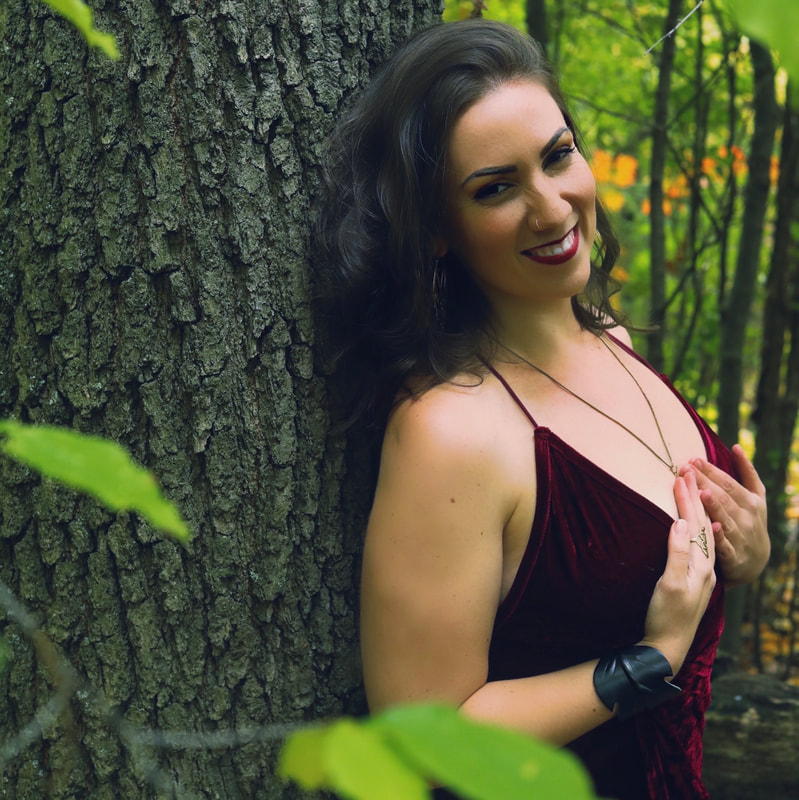

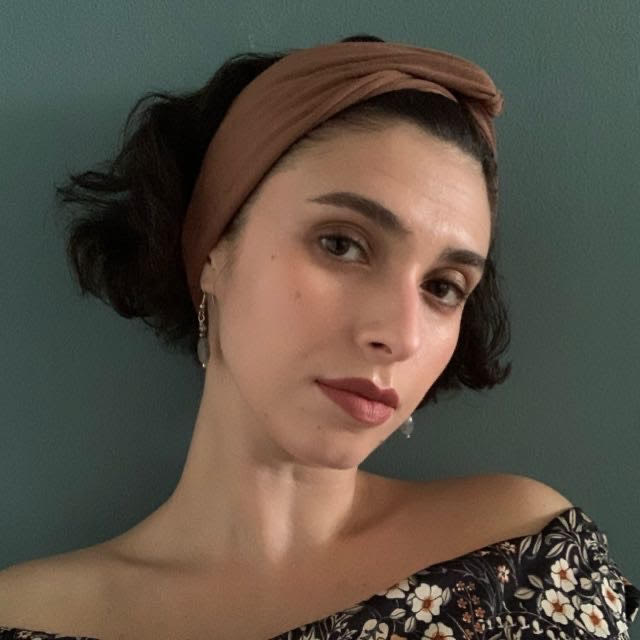
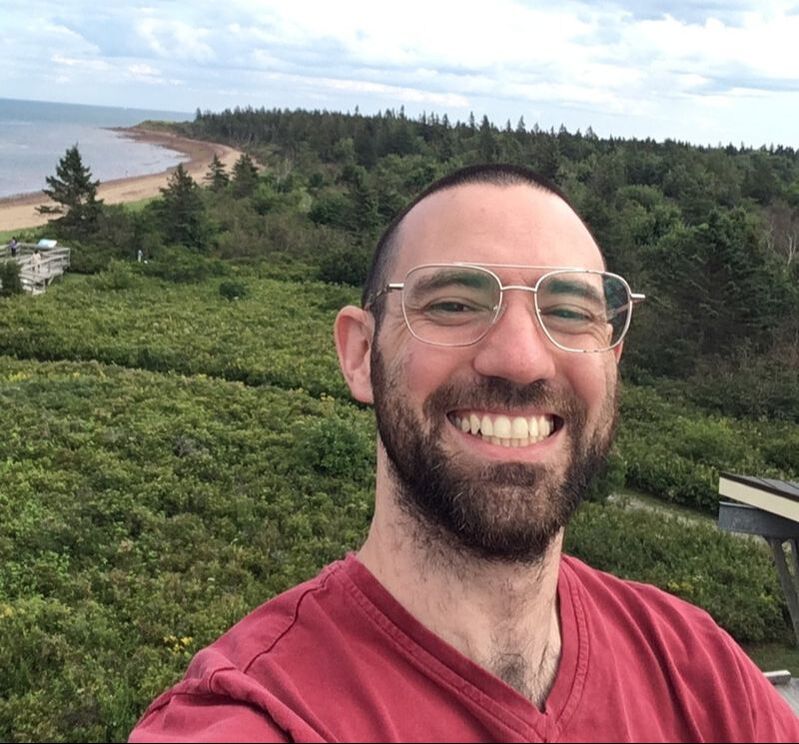

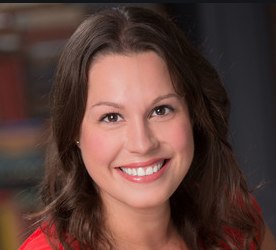
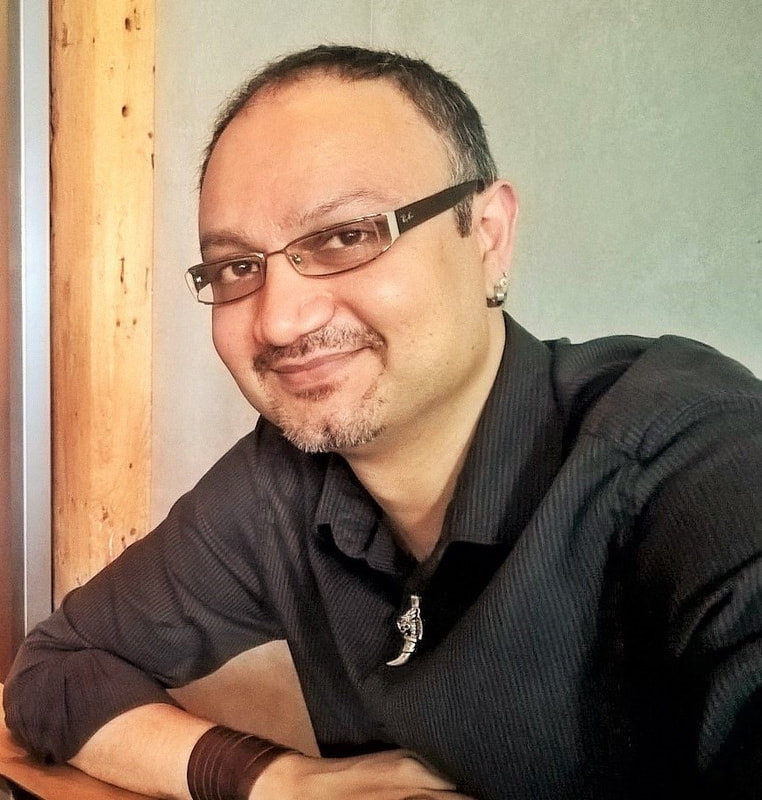
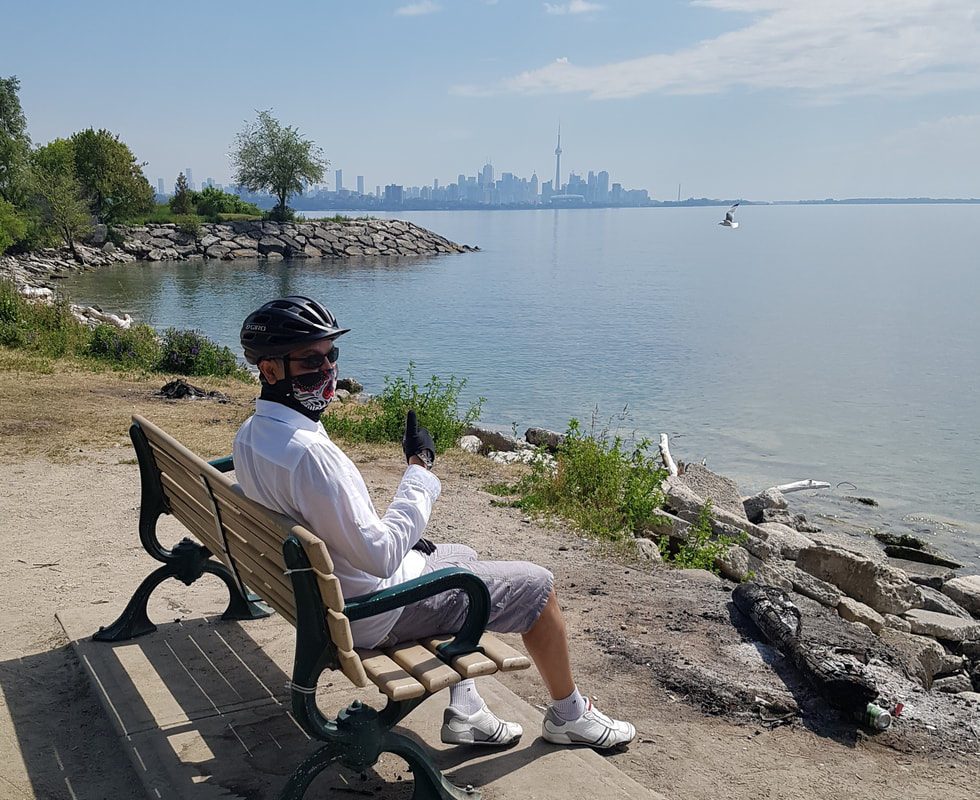
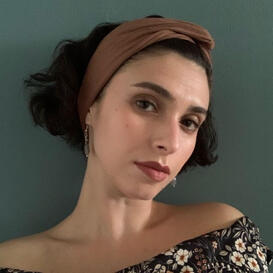
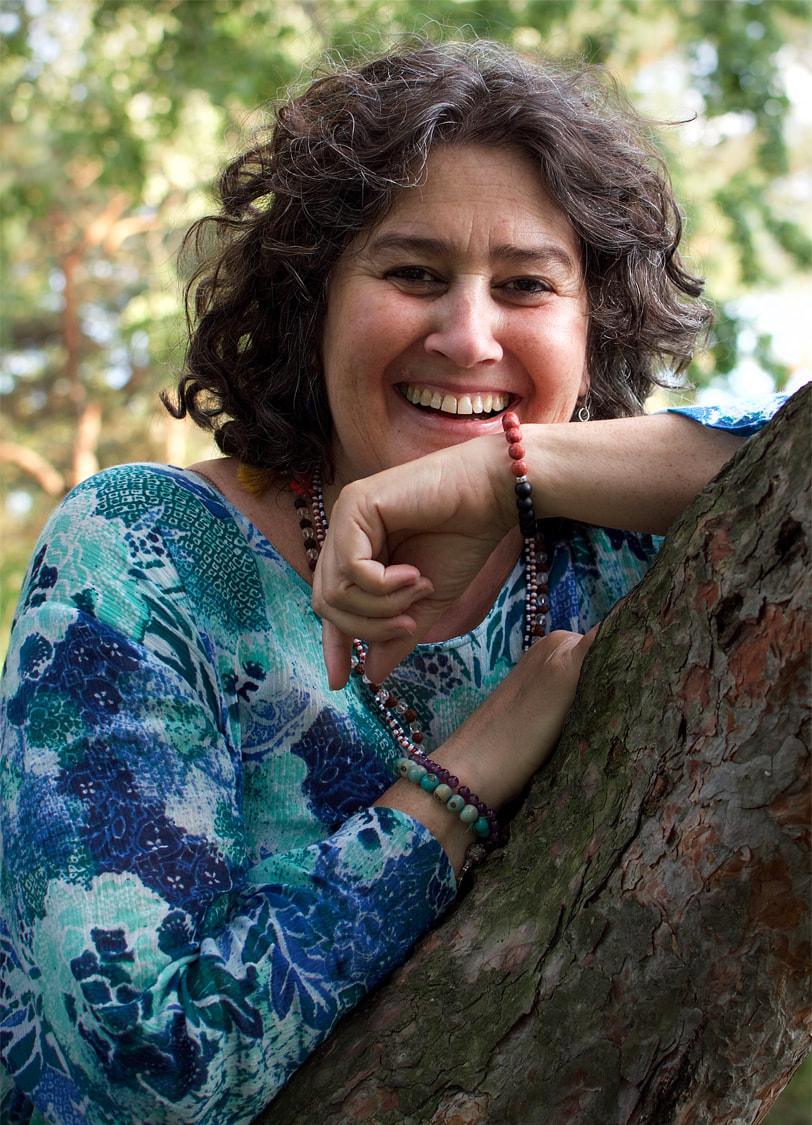
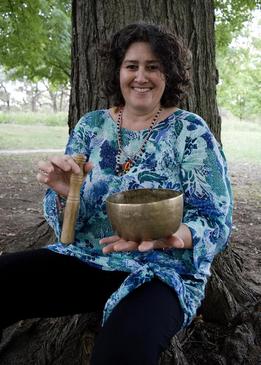
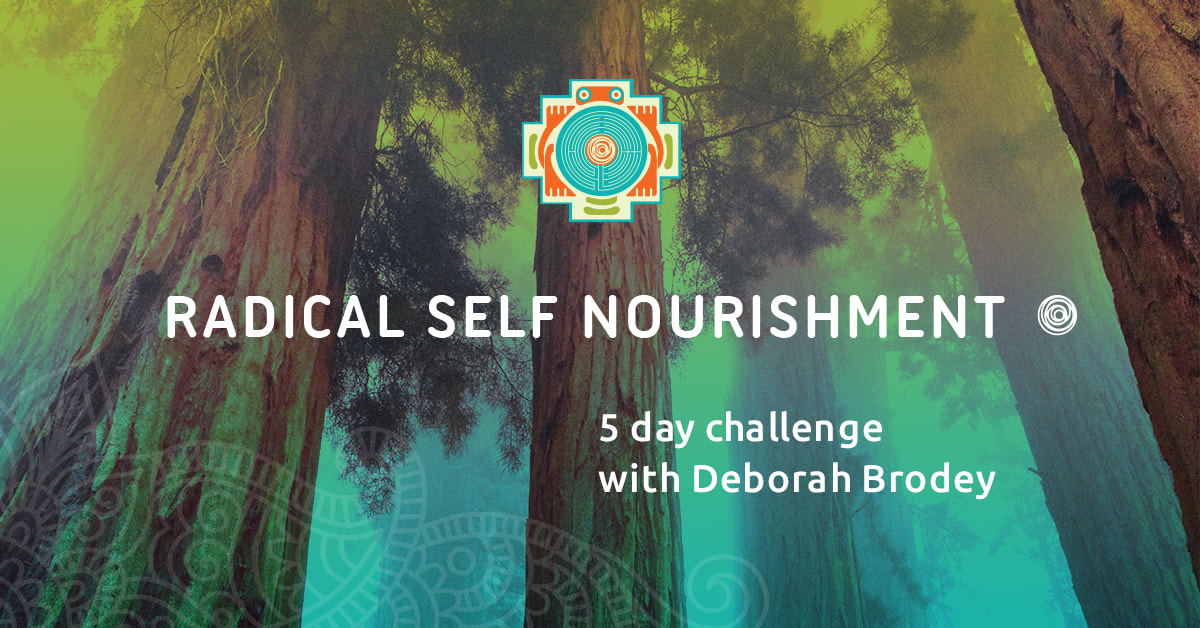
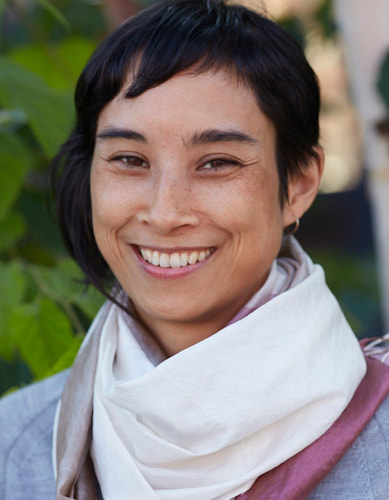
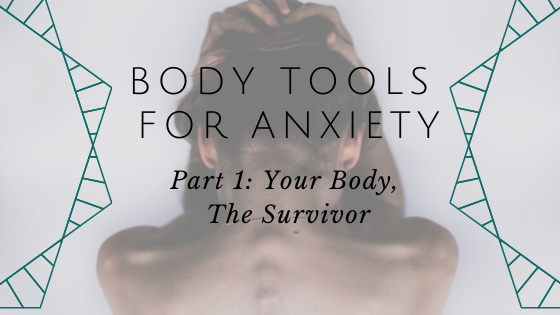
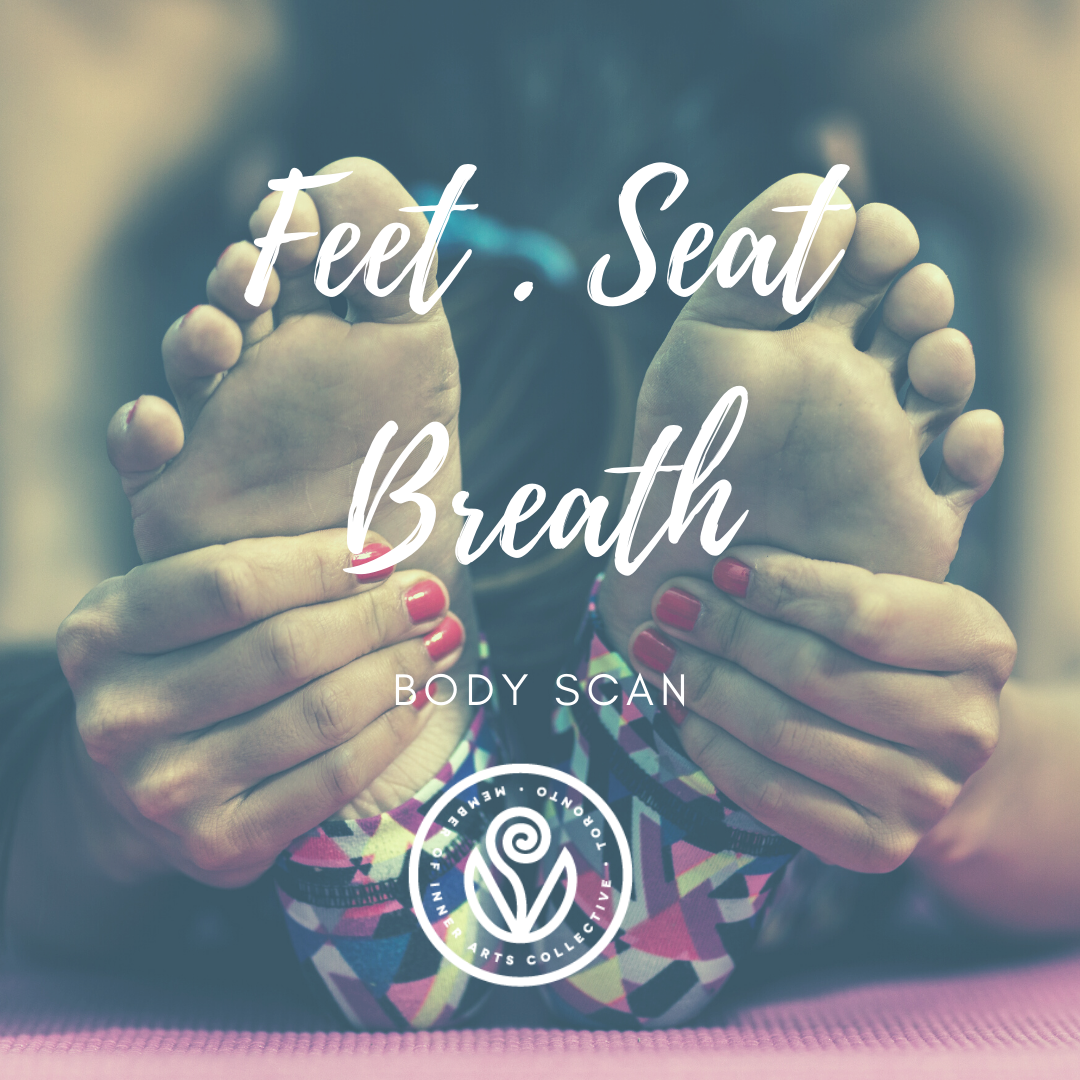
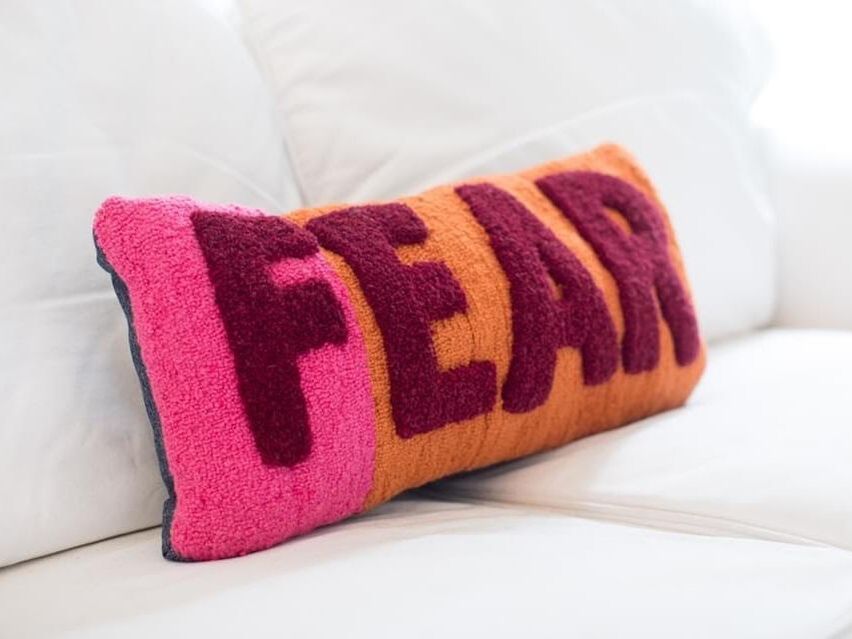

 RSS Feed
RSS Feed